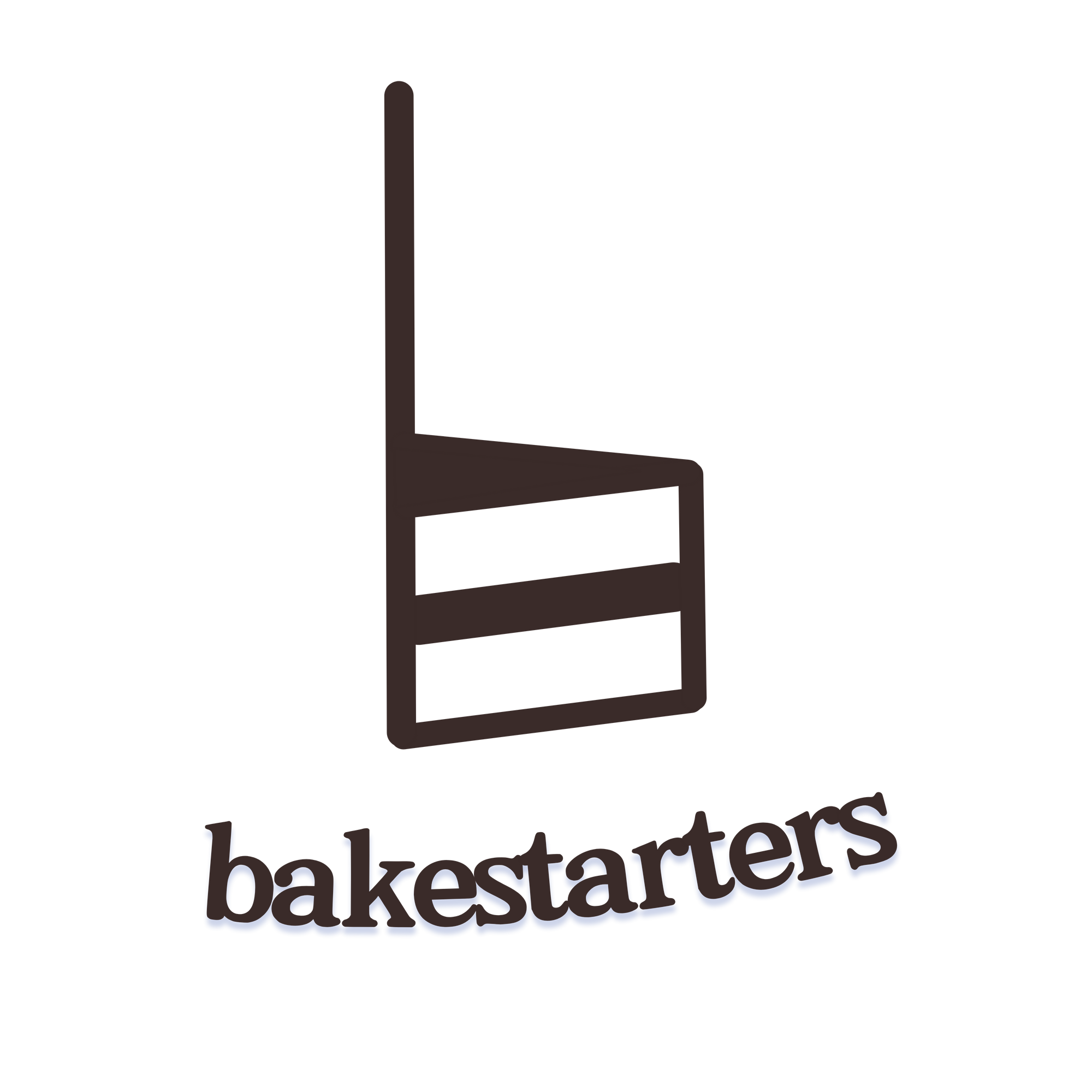Our signature pineapple tarts baking kits are coming back soon!
- About Us
- CHRISTMAS KITS
-
Baking Kits
- contact us
Our signature pineapple tarts baking kits are coming back soon!
September 15, 2021
Most bakers usually stock up on three kinds of flour: Bread flour, cake flour, and the handy all purpose flour. They’re all plain flours, purely milled from wheat without any additives.
If you’ve only been using plain flour, there’s another flour that can help you save time when baking since it eliminates the need to add multiple dry ingredients.

Image source: FairPrice
Unlike plain flour, self-raising flour contains salt and baking powder. Using self-raising flour in your recipes will ensure that your baked goods will rise evenly since the leavening agents are dispersed throughout the flour.
Some recipes call for self-raising flour, but sometimes it’s not available in our pantry. Luckily, there’s an easy way to make it yourself!
Read the guide below to find out how to make your own self-raising flour with three ingredients. Your homemade self-raising flour will work just as well as store-bought ones, giving your baked goods a soft and airy texture.
Self-raising flour was originally created to bake quick breads, biscuits, and pancakes, so it’s best for making these treats. Nowadays, you’ll also find cake and cupcake recipes that list self-raising flour as an ingredient. You can easily achieve crackly muffin tops and flaky, golden brown biscuits when you’re using self-raising flour!
Recipe: Kaya Muffins With Pandan Crumble That'll Take Your Kaya Toast Breakfasts To The Next Level
No matter what kind of baked goods you’re using self-raising flour in, they’ll rise beautifully. Just make sure that you’re not adding more leavening agents because it’ll mess up the result instead of properly leavening it.
Not having any self-raising flour when it’s called for doesn’t mean you can’t bake! Here’s how to make your own self-raising flour. Halve or double this formula as needed.
Ingredients:
Measure the flour, add in the other two ingredients, and whisk until well combined. That’s it; your homemade self-raising flour is ready to use!
Yeast is powerful enough to leaven breads, like our Hokkaido Milk Bread Loaf (from the Bakestarters Live Virtual Baking School).
Although self-raising flour sounds like a magical ingredient, it’s only effective if used the correct way. The baking powder and salt in self-raising flour need to be in the right proportion with the other ingredients in order to work well.
Only use self-raising flour when the recipe calls for it. Although you can sometimes substitute plain flour with one another, replacing plain flour with self-raising flour will not give you the desired results.
When a recipe uses plain flour, it usually needs the addition of leavening agents like baking powder or baking soda. Too much leavening agents will make your baked goods puff up in the oven, but they’ll collapse once they start to cool down!
Yeast alone is enough to make your bread loaves and rolls rise to the desired height when combined with bread flour. Using self-raising flour will not give them any extra boost.
The addition of active chemical leavening agents in self-raising flour gives it a slightly shorter shelf life than plain flour.
Baking powder will gradually lose its effectiveness when it comes in contact with salt, flour, and air. If you opened your self-raising flour package several months ago, don’t expect it to have the same leavening effects as a newly opened one!
The same thing also goes for homemade self-raising flour. Only make the amount you need to bake, so that you won’t have too much extra.
To prevent self-raising flour from losing its effectiveness, store it in a cool and dark place. Place it in an airtight container, so it doesn’t get exposed to air.
Label the container with the day your self-raising flour was purchased or made, and use it within a year or less.
There you go— now go make something great!
Comments will be approved before showing up.
January 03, 2024
